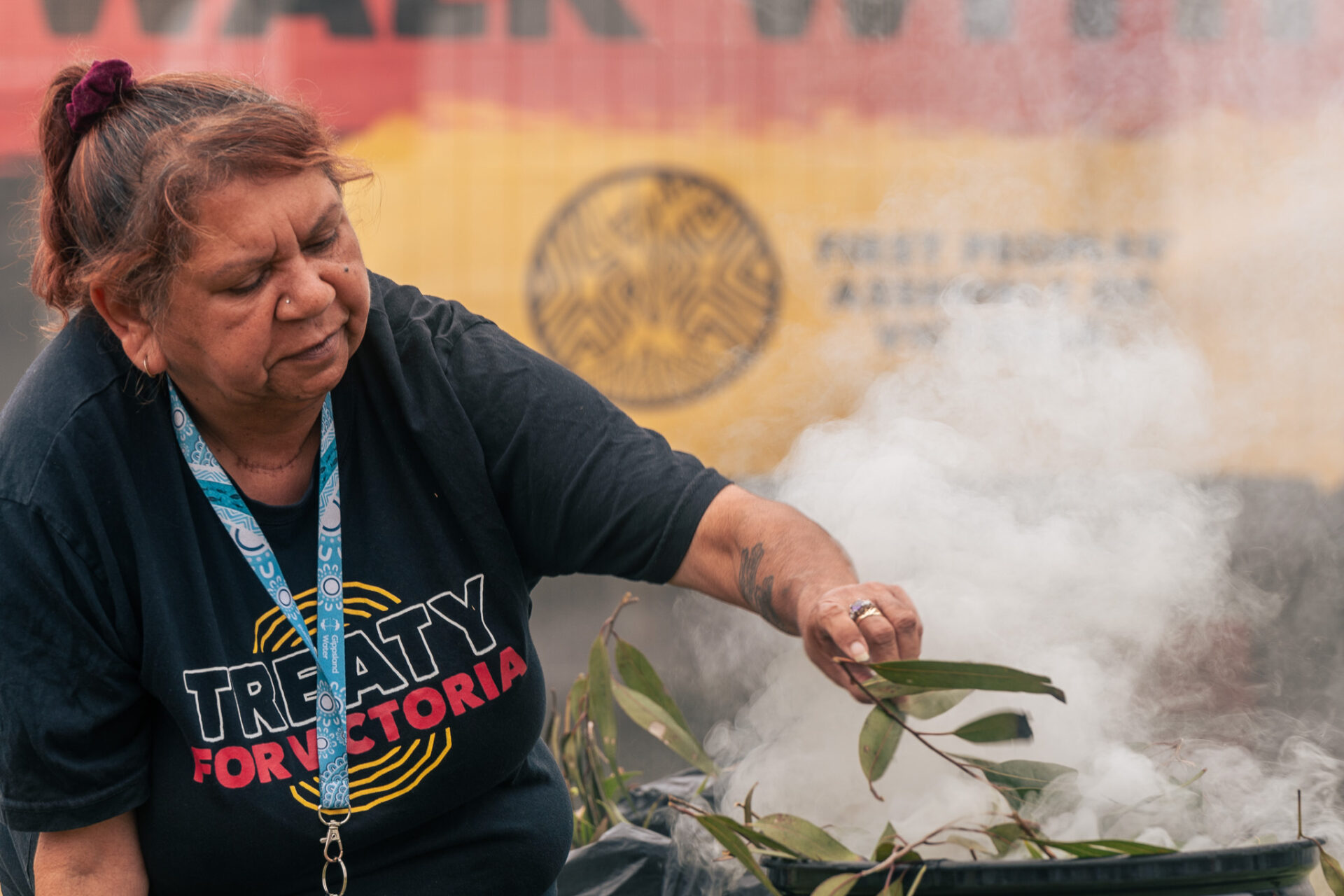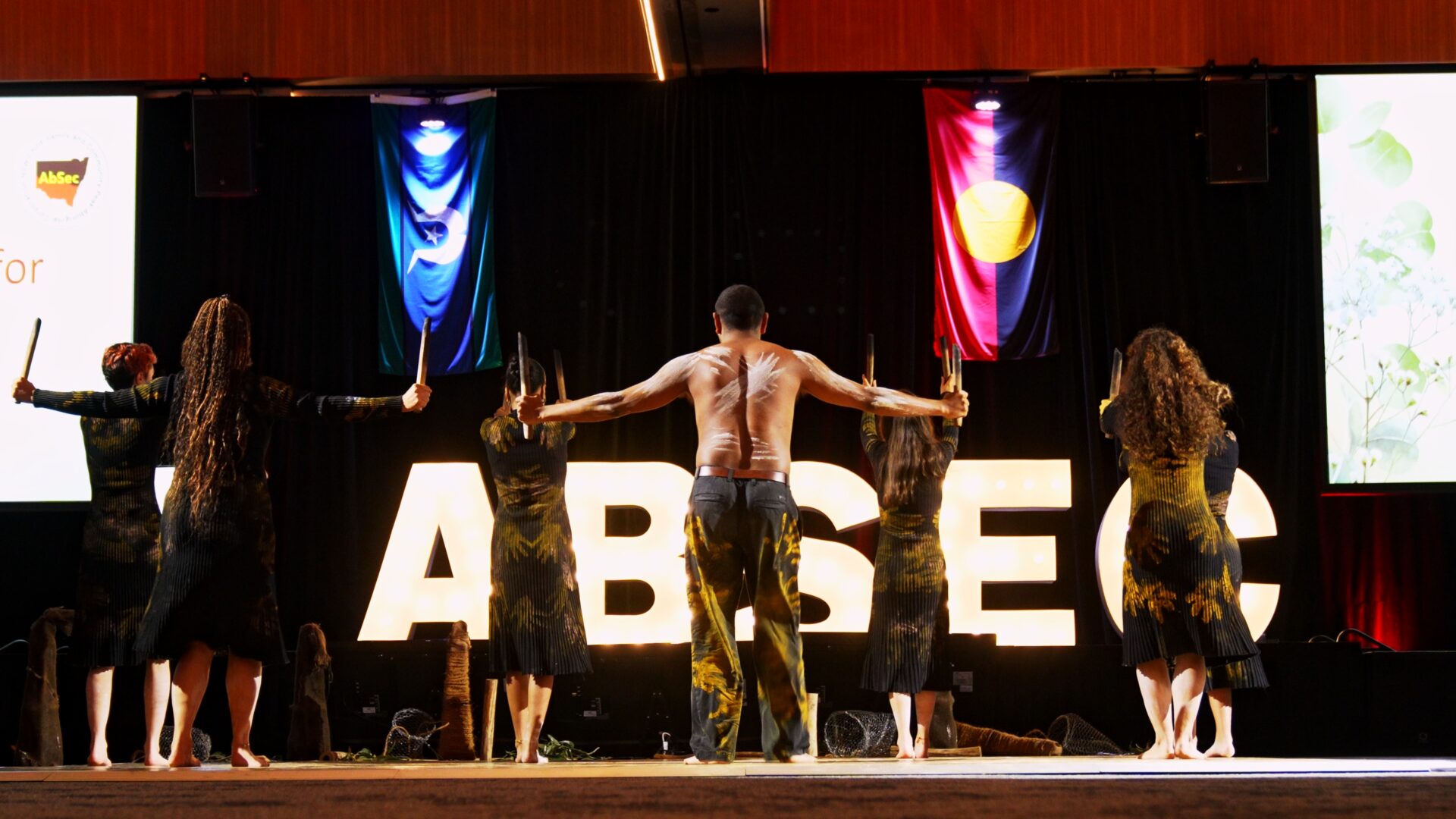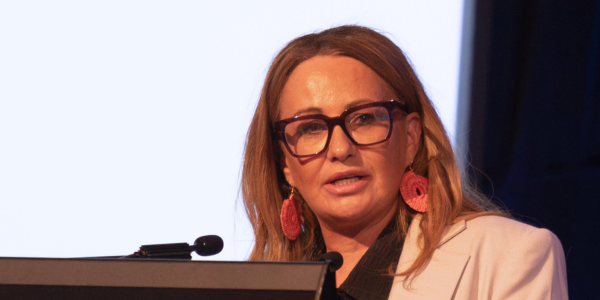New South Wales
Draft OOHC Transitions Policy
The Department of Communities and Justice have released draft Aboriginal OOHC Transition Guidelines. The guidelines are intended to support a shared understanding across the sector and to guide culturally safe, consistent and collaborative decision making throughout the transition process. The guidelines explore various frequently asked questions about transitions including eligibility and exemption criteria, conflict of interest and reporting requirements, the rights of carers and the different processes for Aboriginal and non-Aboriginal carers. DCJ are inviting ACCOs to review and endorse the guidelines through AbSec by no later than 25 August 2025. For copies of the draft guidelines, please contact AbSec Policy and Advocacy team.
For further information please email [email protected]
Pay rise for Caseworkers
Following the NSW Fair Work Commission’s annual wage determination, the NSW Government announced $122 million in additional funding for Non-Government Organisations in the 2025-26 state budget to fund a 3.5% increase to the minimum wage for community service workers. The changes will benefit tens of thousands of workers who provide vital support to children, families, and vulnerable people through services delivered on behalf of the Department of Communities and Justice across the state.
Source: DCJ.
Boost to Family, Domestic and Sexual Violence (FDSV) Early Intervention Services
Under the National Partnership Agreement for Family, Domestic and Sexual Violence Responses 2021-2030, state and federal governments committed $13 million to progress stage two of the Safe and Strong Families program. Stage one of the program saw 11 ACCOs funded to deliver the program in 10 priority locations in late 2024. Stage two will see the program expanded to an additional 16 sites, with ACCOs providing culturally safe FDSV services in an additional 10 locations across NSW. The state and federal governments have also announced $3.8 million in grants for local Aboriginal-led projects to reduce FDSV in Aboriginal communities.
Source: DCJ.
New Public Preschools
As part of the largest expansion of public preschools in the state’s history, the NSW government are rolling out 100 new public preschools to support up to 9,000 children by 2027. The new preschools will be fee-free and co-located with an existing public primary school with 51 earmarked for metro Sydney and 49 for regional areas. Throughout July, Minister for Education, Courtney Houssos has announced several regions that will get new preschools. These include:
- Riverina: 5 new public preschools
- Far West: 4 new public preschools
- Mid North Coast: 4 new public preschools
- Hunter New England: 3 new public preschools
- Far North NSW: 2 new public preschools
Source: NSW Government.
WWCC Changes
Premier Minns has announced stricter conditions for Working With Children Checks (WWCC) in NSW. A WWCC is compulsory for anyone who undertakes any paid or unpaid work involving children in NSW. The announcement follows media coverage describing cases where people who were charged or convicted of sexual abuse were cleared to work with children. The cases included an instance where the NSW Civil and Administrative Appeals Tribunal (NCAT) upheld an appeal for a teacher who was charged but never convicted of sexually abusing a foster child. Premier Minns aims to introduce legislation to abolish this appeal process.
We are expecting later in 2025, the Office of the Children’s Guardian to also conduct a wider review of WWCC. We will keep you updated as that review progresses.
Source: ABC News
Commonwealth
Childcare Reform
Several media articles published in July have highlighted instances of malpractice, poor safety and quality standards in childcare centres across Australia. The commentary frames the childcare system as broken and loosely regulated. In response, the Commonwealth intend to introduce legislation aimed at strengthening powers to carry out spot checks and strip funding if childcare centres do not meet minimum standards. Other potential changes include a national register of childcare workers, mandatory child safety training, and the roll-out of CCTV cameras. Responding to the proposed changes SNAICC CEO Catherine Liddle said, “fines and funding cuts are only part of the change that is necessary…we need to deal with the root causes such as workforce shortages, inequitable and difficult access to services and a funding model that incentivises profit over care” (SNAICC).
Source: ABC News
Cost of Living Relief
The Commonwealth Department of Social Services has announced a 25% boost for food relief and financial wellbeing. This announcement will see over 300 organisations share in more than $460 million in funding over five years with initiatives including:
- $275 million for food, petrol vouchers, clothes bedding and toiletries.
- $20 million for four food relief providers to increase the supply of affordable food.
- $98.4 million to support Australians to manage their debt and finances.
- $31.2 to combat problem gambling.
- $38.1 million to help people improve their financial literacy, and
- $20 million will also be set aside to help rapid emergency and disaster response.
Source: DSS.
Indigenous Procurement Target Increased
The Commonwealth government is increasing its target for procurement from Aboriginal and Torres Strait Islander businesses from 2.5% to 3% in 2025-26, rising to 4% by 2029-2030. To meet procurement criteria, businesses must be at least 51% First Nations owned and registered with the Office of the Registrar of Indigenous Corporations. The National Indigenous Australians Agency are also exploring ways to improve transparency of supplier’s performance against Indigenous participation targets and regulatory reform to combat ‘black cladding’.
Source: NIAA.
New CTG Data
The Productivity Commission has released the latest Annual Data Compilation Report (ADCR) showing how efforts to improve life outcomes for First Nations people are progressing under the National Agreement on Closing the Gap. Of the nine socio-economic targets with an updated assessment of progress in the ADCR, the assessment has changed for only one: healthy birthweight (Target 2) which shows improvement but is not on track. This latest data shows that Target 12: Aboriginal children in out-of-home care was one of only four targets which continued to worsen nationally. NSW saw modest improvement on this target last year with the rate of Aboriginal children in OOHC per 1,000 population declining slightly from 47.3 to 45.1.
To read more visit: Closing the Gap Data Report | Ministers’ media centre.








